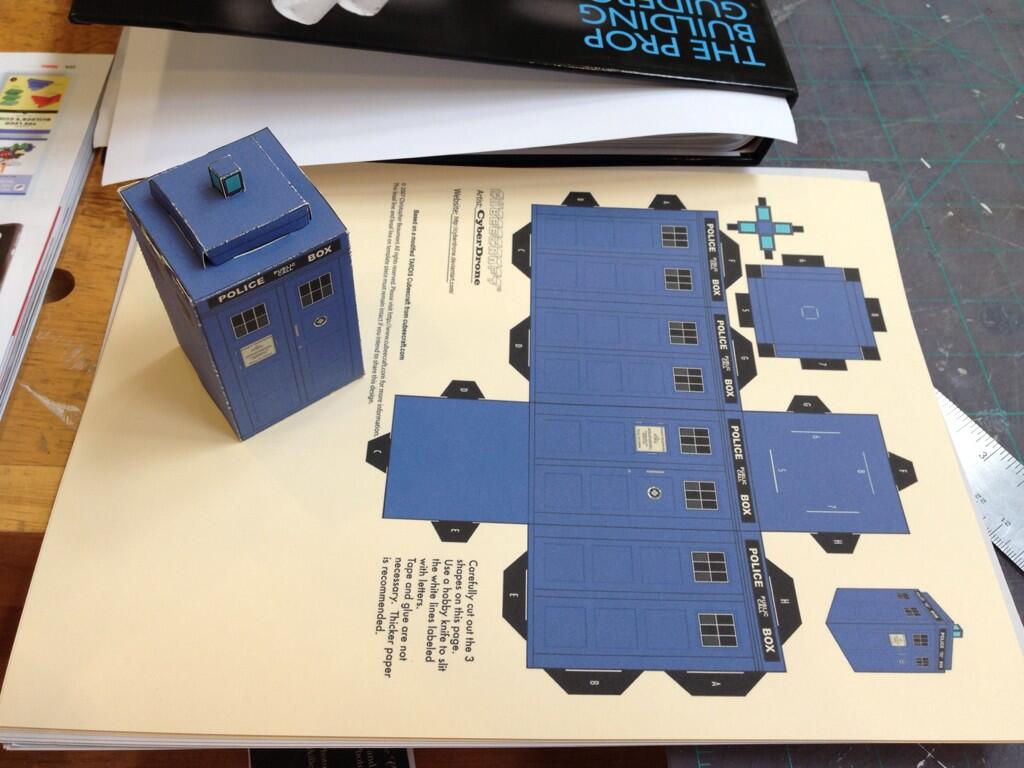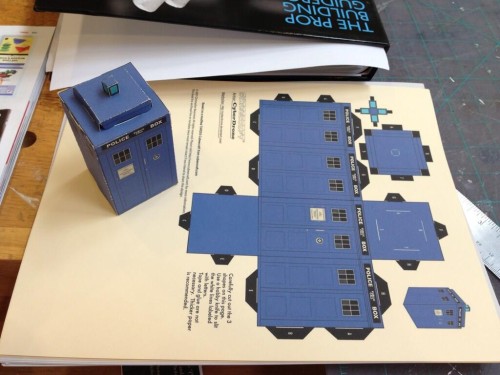The following is the final portion of an article which first appeared in the New York Sun in 1912. You can catch up on the first part, the second part, third part, the fourth part and the fifth part.
When the [property man] was asked what is the hardest part of his work he sighed and said he thought it was clearing the stage after an act and getting it ready for the next one. In theatrical and ordinary musical companies the chorus and supers are required to go to the property room after the things they are to carry and to return them there when they are through. But this isn’t the custom in grand opera.
No matter how much truck has been in use, guns, spears, swords, garlands of flowers and any number of smaller things, everybody just dumps what he or she is carrying, throws it down wherever it happens to fall and rushes off to the dressing rooms. Immediately carpenters strike the scenery and others begin to set it for the next act.
In the midst of this turmoil the property man must gather up the things left lying around by the members of the company before they can proceed to put out the new set of props. What care and quickness this entails can be understood by studying some complicated scenes, as the first two in “The Girl of the Golden West.”
In each of these over 100 properties must be correctly placed before the curtain goes up. Actual count of those in the second act runs away up beyond a hundred and includes such a wide range of things as a papier mâché pappoose, furniture, draperies, toilet articles, dishes, tinware, white slippers, white cotton gloves, pack of playing cards, whiskey bottle, candles, matches, trunks, a washing hanging on a line (or it looks like it, at least), and so on. These not only have to be put on but got off too. The latter is generally accomplished by rapidly dumping all small articles into clothes baskets. They can be sorted out later if necessary.
This article was originally published in the New York Sun, February 25, 1912, page 16.


